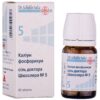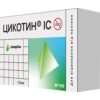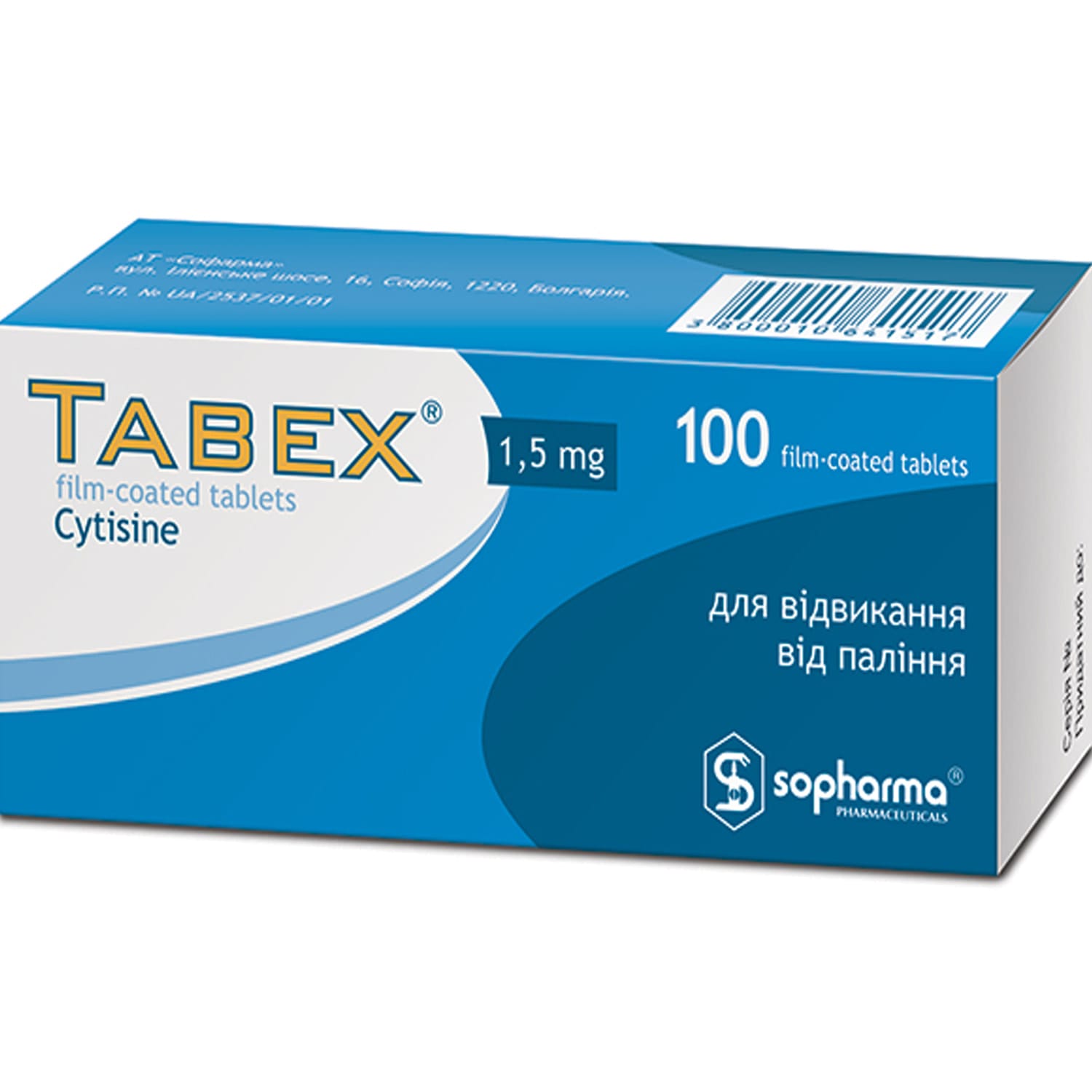Great news! The Canada Post strike is over! We’re resuming deliveries to Canada!
Excellente nouvelle ! La grève de Postes Canada est terminée ! Nous reprenons les livraisons vers le Canada !
Great news! The Canada Post strike is over! We’re resuming deliveries to Canada!
Excellente nouvelle ! La grève de Postes Canada est terminée ! Nous reprenons les livraisons vers le Canada !

Tabex film-coated tablets 1.5 mg 5 blisters of 20 pcs.
$36.82
Tabex is a medicine containing an active ingredient called cytisine, which is used to help people quit smoking. Cytisine is an alkaloid with effects similar to nicotine. It binds to nicotine receptors in the brain, which helps relieve nicotine withdrawal symptoms such as irritability, anxiety, difficulty concentrating, and increased appetite. This makes it easier for people who have quit smoking to get through the withdrawal period. Cytisine competes with nicotine, which means it blocks nicotine receptors, which reduces the feeling of pleasure and reward associated with smoking cigarettes. As a result, smoking becomes less satisfying.



